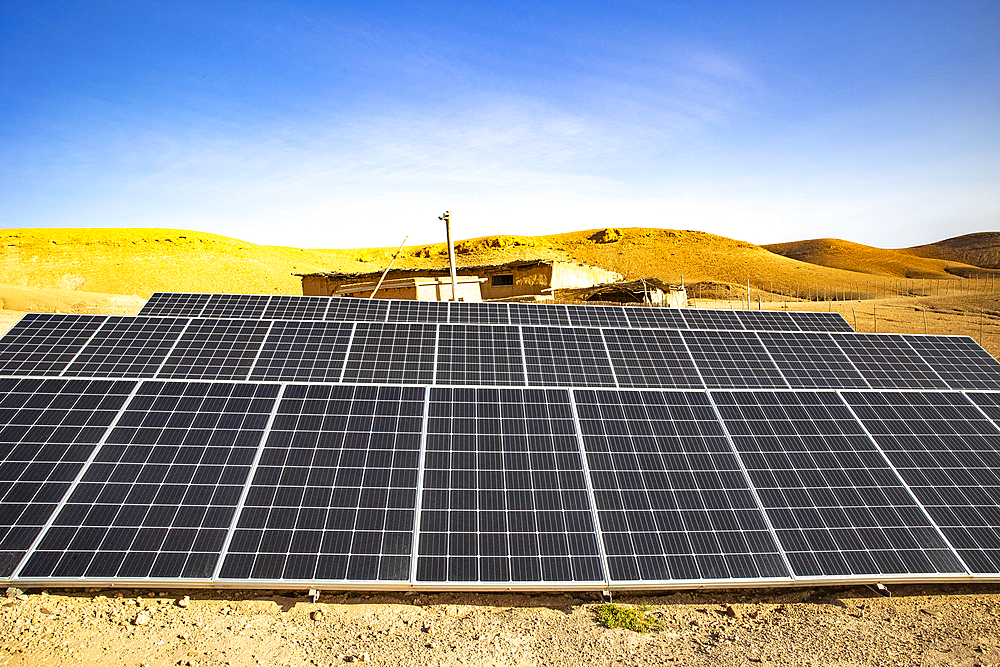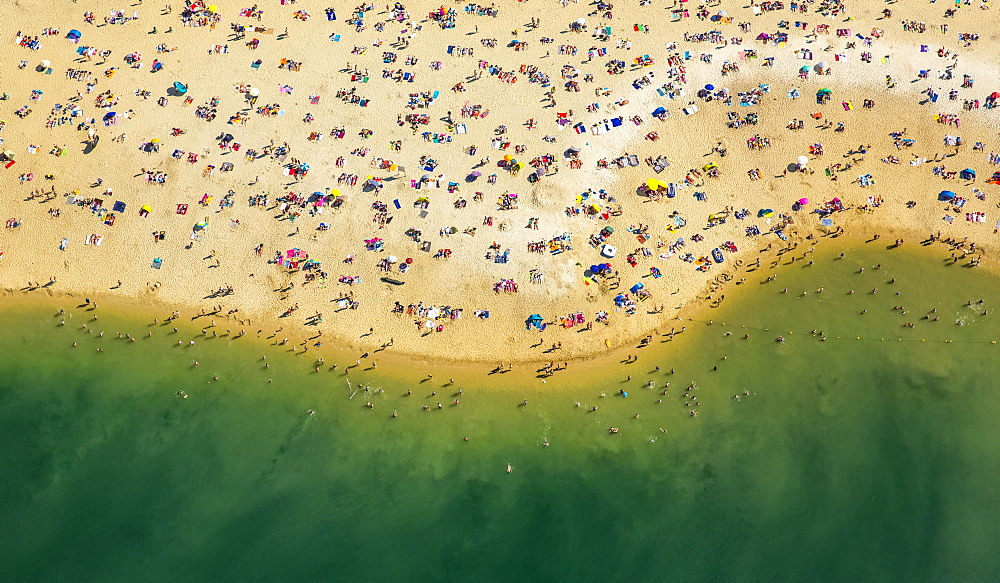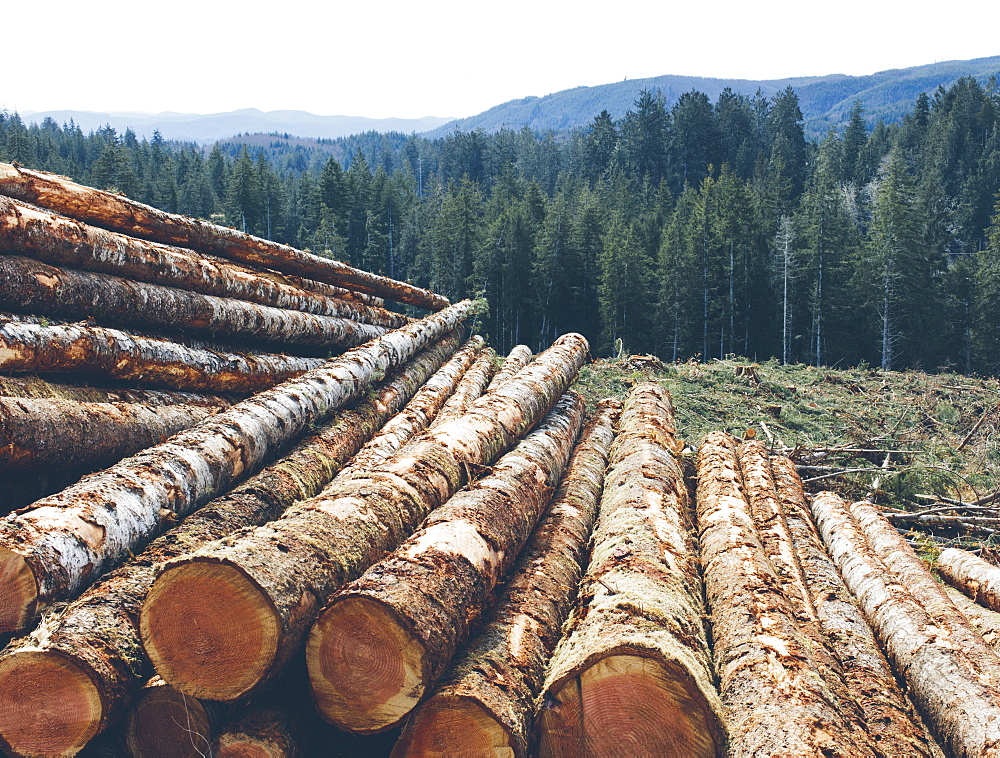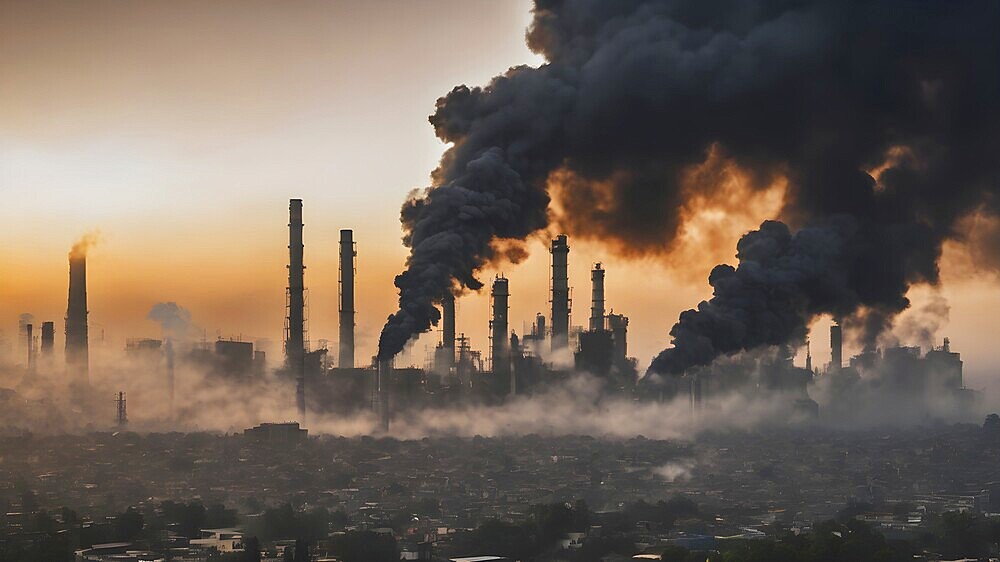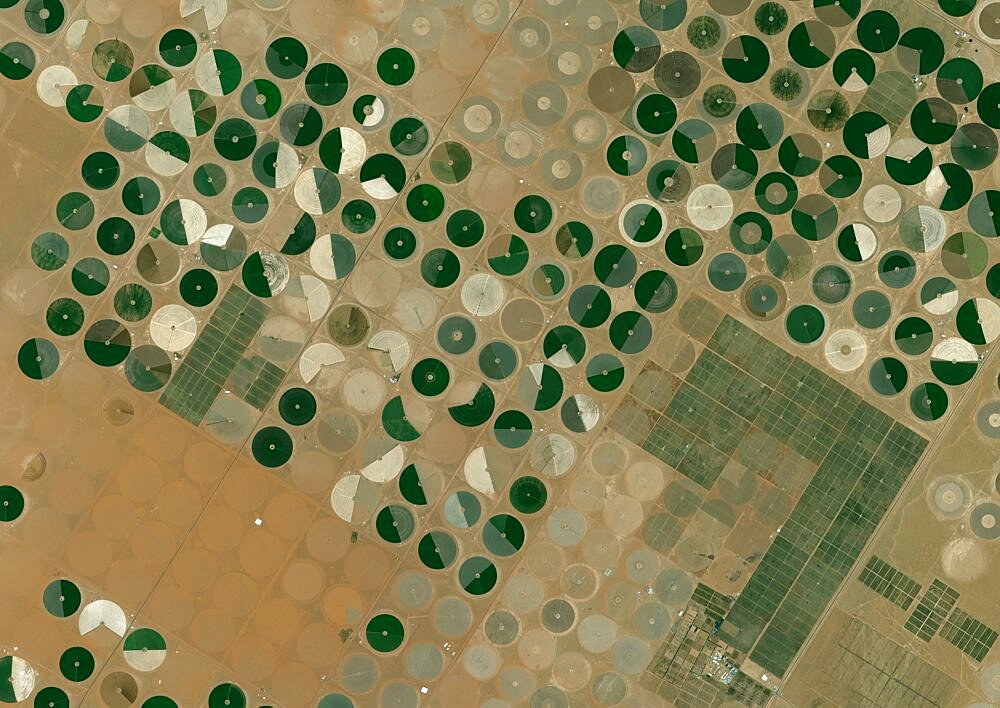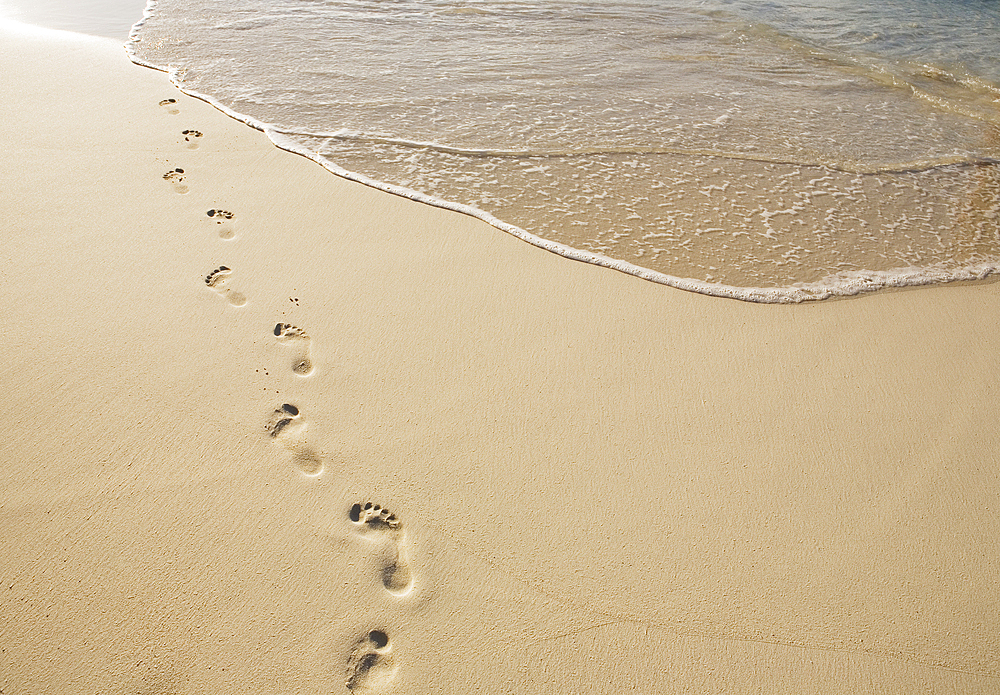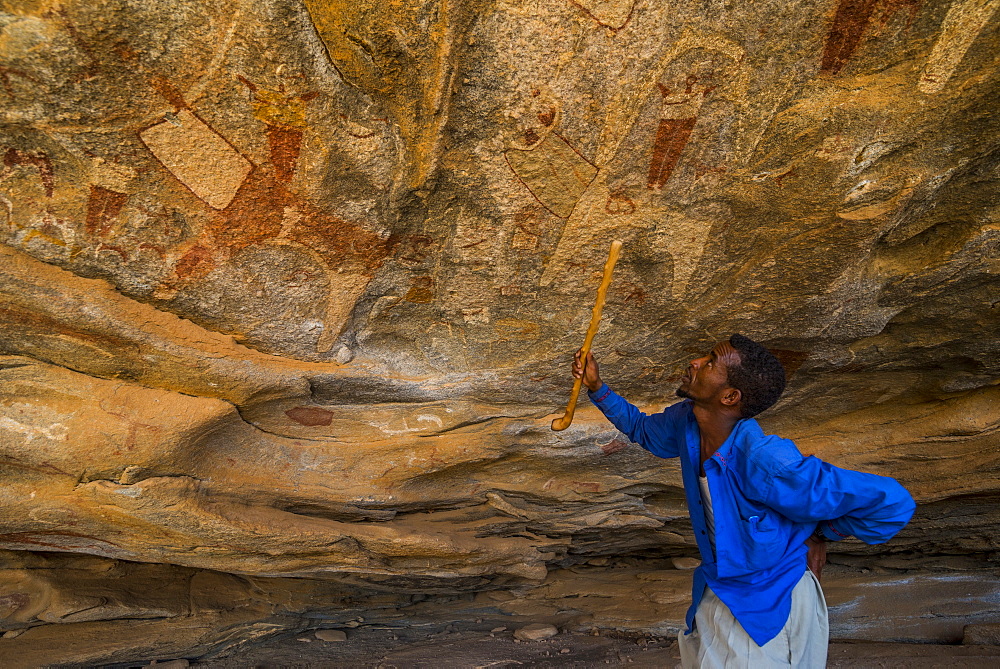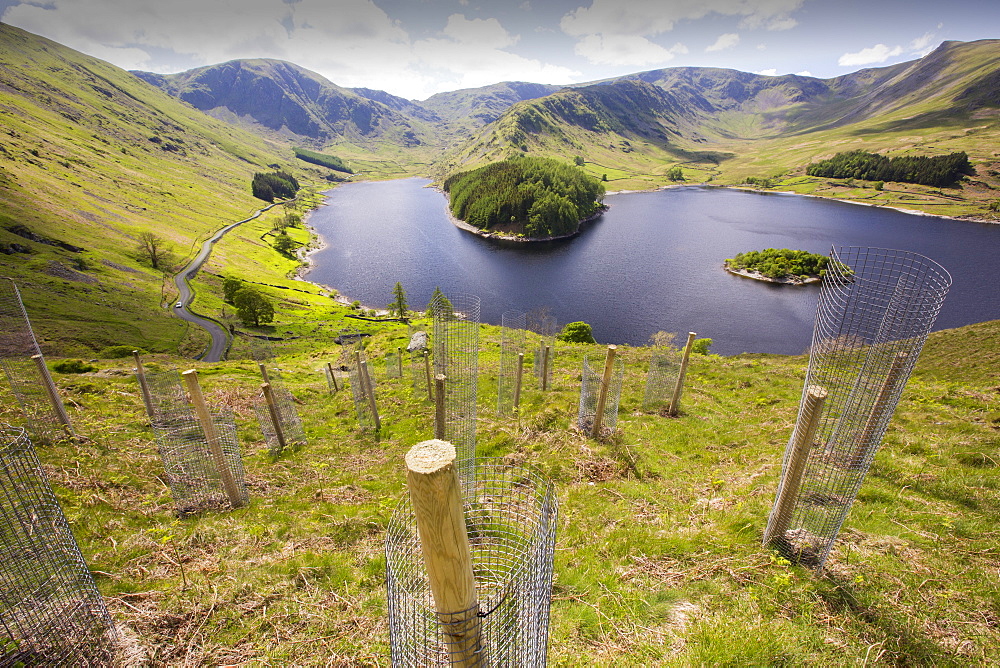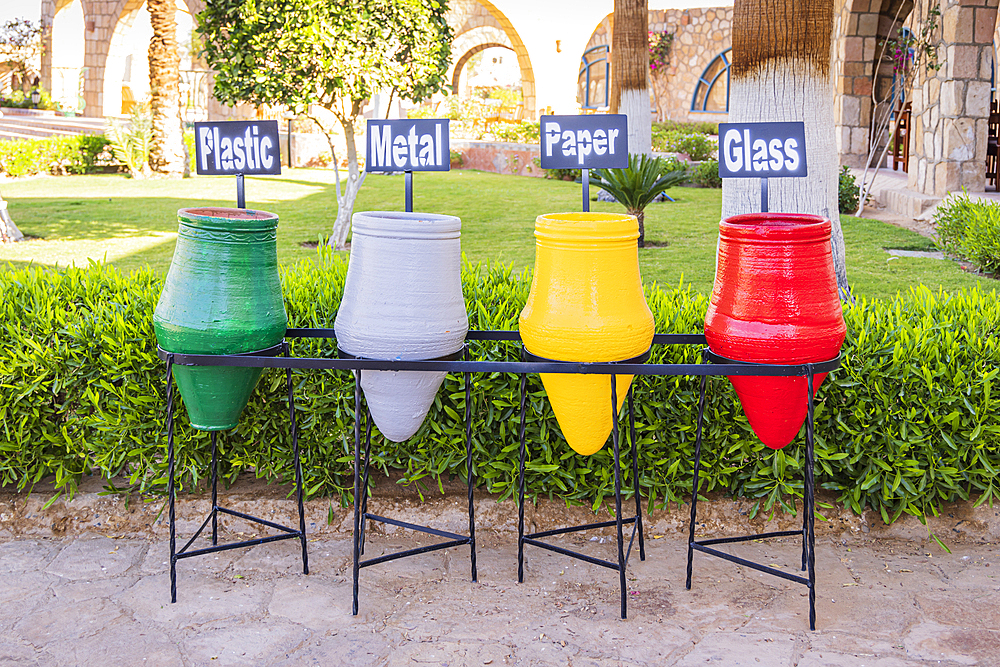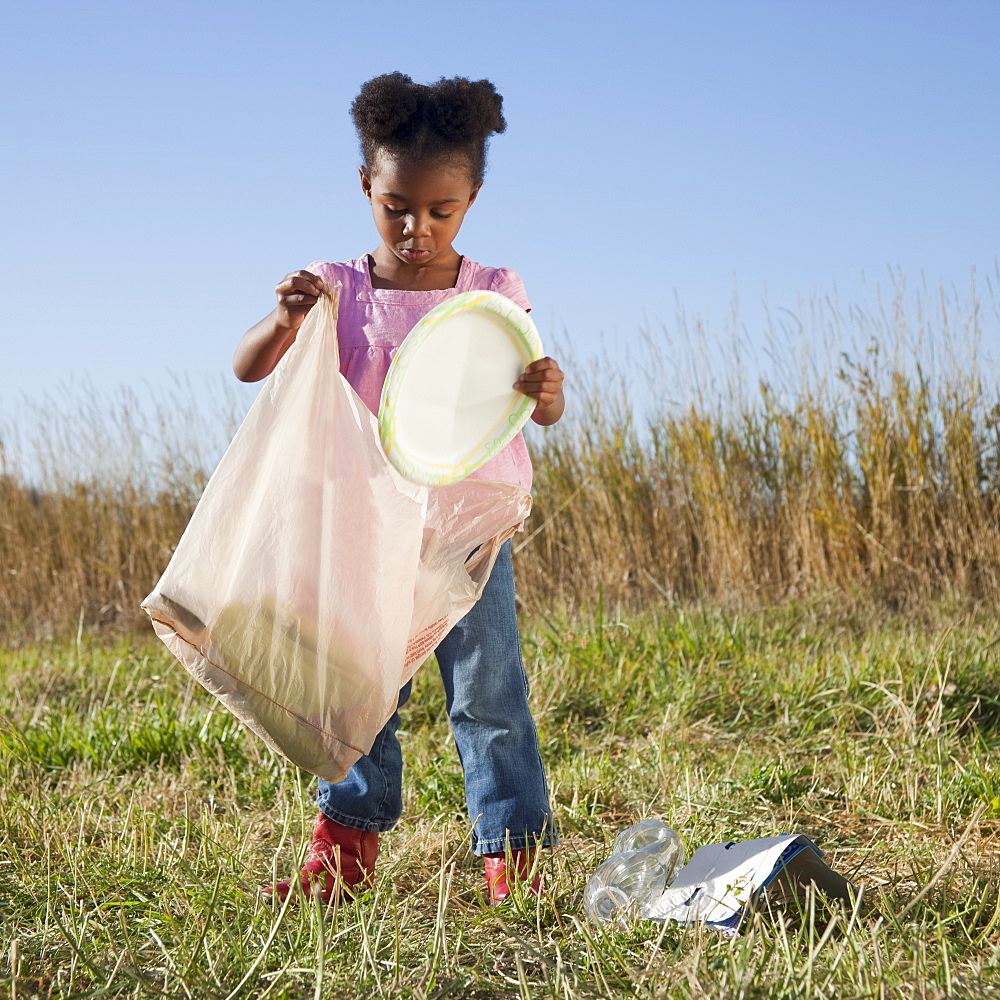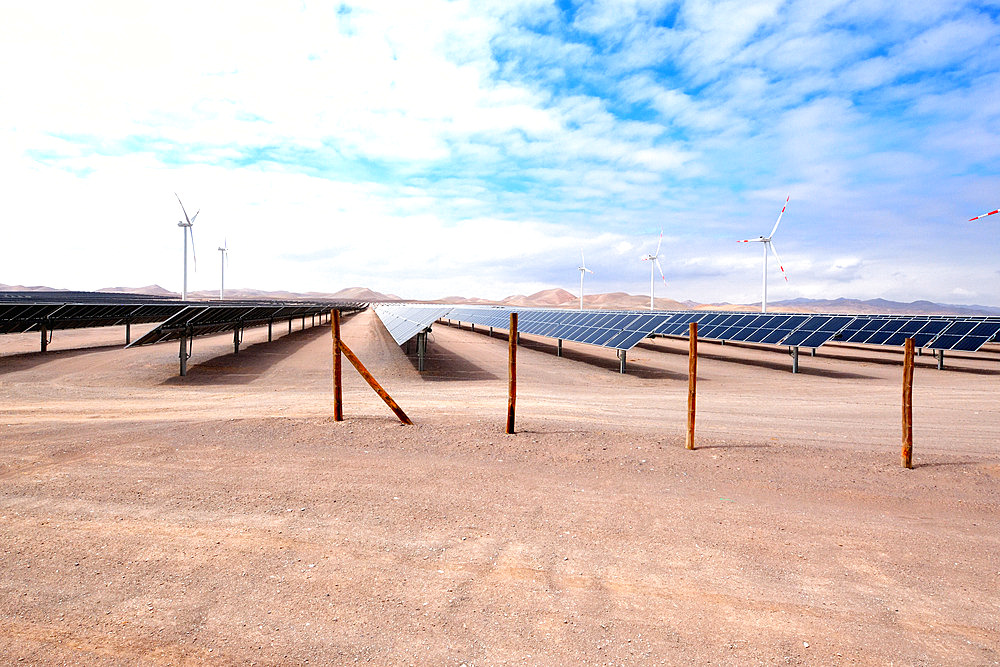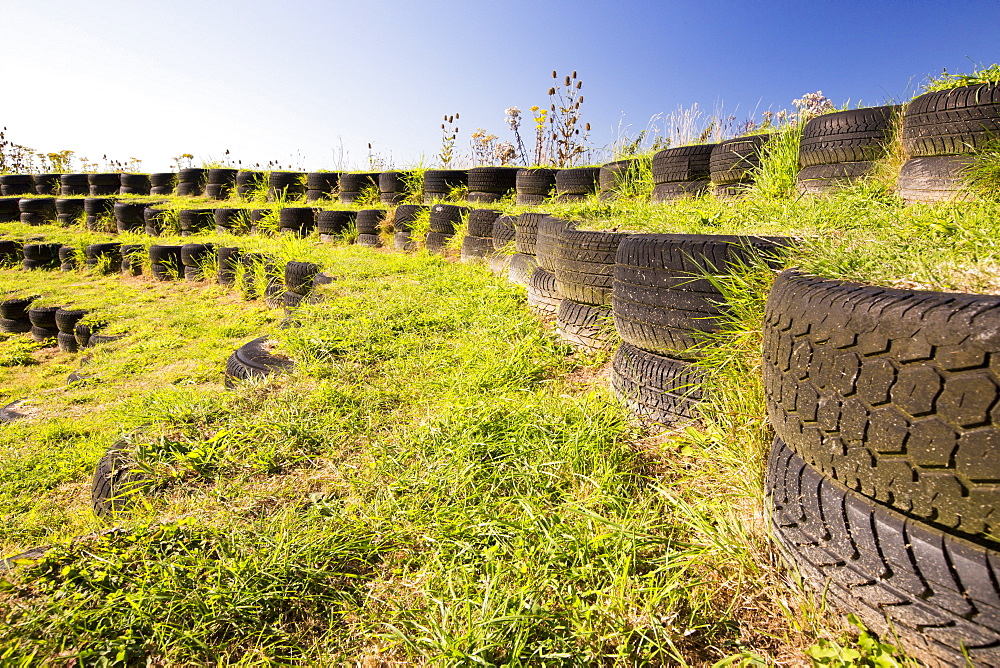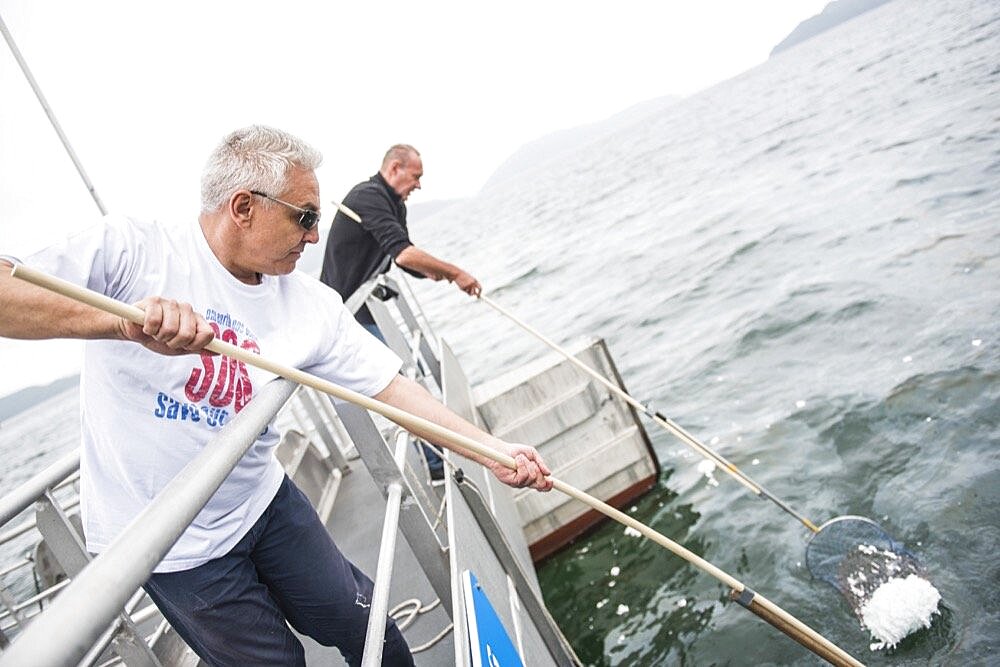Our planet is bearing witness to humanity’s accelerating ecological footprint. From fingertips in sand to sprawling cities, every step of development leaves a lasting impact. In this post, we explore how human activity has transformed Earth—and what that footprint tells us through statistics, science, and the evocative imagery above.
Understanding the Ecological Footprint
Global overshoot: Currently, humanity uses resources at a rate approximately 1.7 planet Earths, meaning we consume nearly twice what ecosystems can regenerate annually Wikipedia.
Biodiversity in decline: We are losing 0.5–1.5% of wild nature per year, and around one million species are now at risk of extinction BirdLife DataZone.
Material dominance: Since 2020, human-made structures and products outweigh all living biomass combined—cement, metal, and plastic surpass plants and animals in mass TIME.
Primary Drivers of Impact
Carbon Emissions and Climate Change
- Carbon emissions account for approximately 60% of Earth’s ecological footprint, having increased 11-fold since 1961 footprintnetwork.org.
- Rich lifestyles intensify this: in 2019, the richest 1% emitted as much carbon as two-thirds of humanity combined oxfam.org.
Consumption and Land Use
- Fast fashion alone contributes 4–5 billion tonnes of CO₂ each year, roughly 8–10% of global emissions, while textile waste and water consumption surge Wikipedia.
- Agriculture and livestock are driving deforestation: about 91% of rainforest loss since 1970 is linked to land cleared for grazing and feed crops Wikipedia.
Urbanisation and Development
People in wealthier nations consume far more resources per capita than those in poorer ones, amplifying global inequalities in environmental pressure pmc.ncbi.nlm.nih.gov.
Urban sprawl, highways, settlements, and infrastructure have reshaped almost the entirety of Earth’s land surface, altering ecosystems and fragmenting habitats wired.com.
Mapping Our Footprint
Explore the WCS Human Footprint platform to visualise how human influence varies—from dense urban centres to remote wildlands. These maps trace gradients of population centres, agriculture, roads, and light pollution to illustrate our imprint on global ecosystems wcshumanfootprint.org
What the Footprints Visualise
The featured images—footprints on sand, tranquil shores, and delicate wildlife impressions—they are more than scenery. They symbolise:
- The impermanence of nature under human influence
- Our trace upon ecosystems, whether intentional or incidental
- A visual prompt to reflect on sustainable footprints versus scars on the Earth
What We Can Do
Human actions have led us here—but they can also guide our way forward:
Curb overconsumption: Wealthier nations and individuals can inspire systemic change by consuming less and demanding sustainable policy.
Reduce carbon emissions: Transitioning to clean energy, low-carbon transportation, and mindful consumption is critical.
Shift food and fashion habits: Cutting food waste, minimising meat-intensive diets, and rejecting fast fashion can reduce up to half of household climate impact Wikipedia.
Protect and restore natural systems: Nature-based solutions—restoring forests, wetlands, coastal ecosystems—offer cost-effective tools to strengthen climate resilience and biodiversity.
WHO ARE ROBERTHARDING?
Have you ever found a picture that takes your breath away? It visually captivates that nostalgic, engaging, and exciting feeling that brings to life an adventure you can’t wait to explore. This is what founded the global leading travel & nature photography agency – robertharding.com
Founded by professional photographer Robert Harding in 1972, his passion for travel & use of nature & culture as his canvas, lead to the representation of hundreds of independent artists creating a collection of exceptional footage & stock photography. The very finest in visual storytelling.
Is licensing photography a part of your working day? let us lighten the load with custom rates, free research, photo shout-outs to our network of photographers for those tricky to find images and much more.

